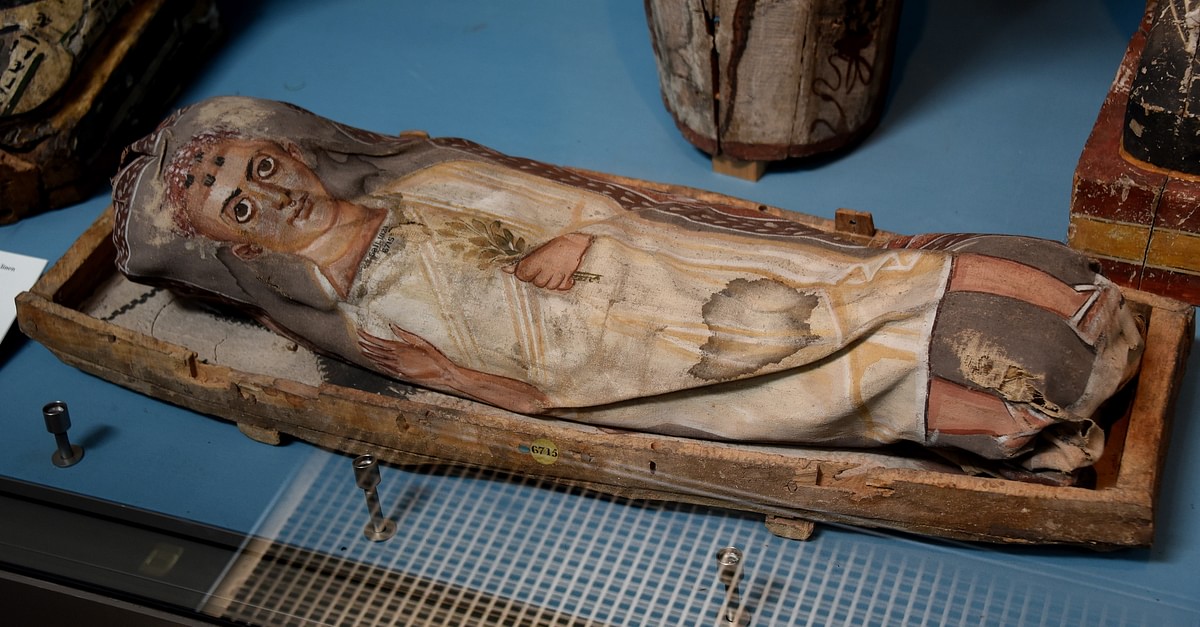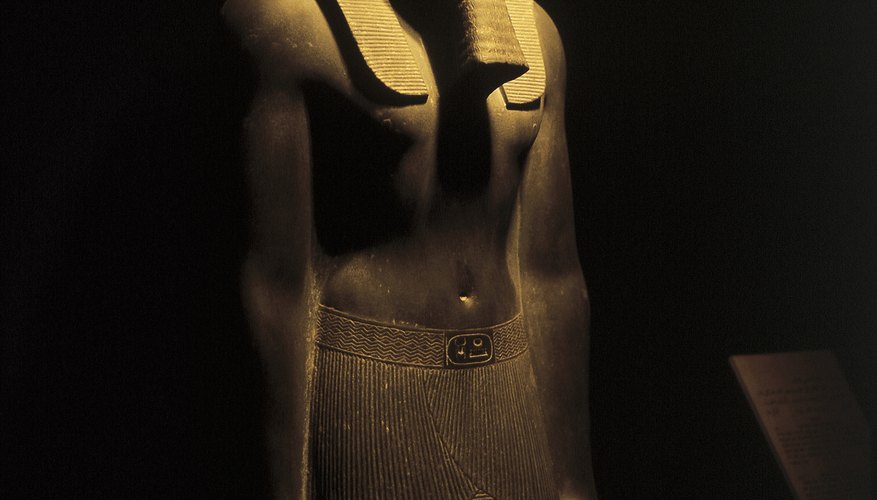
The general steps involved in the mummification process are as follows: First, internal body parts that could decay, such as the brain, are removed. During this time, priests worked as embalmers and performed rituals and prayers in addition to treating and wrapping the body. The Recipe for MummiesĪ 2011 study on the materials used during the mummification procedure in ancient Egypt revealed that the process took 70 days. These attitudes slowly shifted around 2000 B.C., when commoners were also granted access to the afterworld as long as their body was mummified, and their valuables were placed into the tomb. , only pharaohs were initially entitled to the process. Though the practice of mummification began in Egypt around 2600 B.C. This process began long before a person’s death, and involved the storage of items that one may need in the afterlife, such as furniture, clothing, food and valuables.


This is also why tomb preparation was a crucial ritual in Egyptian society. If the body was destroyed, the spirit could be lost and not make its entrance into the afterlife. The Egyptians believed that the mummified body housed one's soul or spirit. Thus, preserving bodies in as lifelike a way as possible was the goal of mummification, and essential to the continuation of life. While this may seem contradictory, for Egyptians, it made perfect sense: They believed that life would continue after death and that they would still need their physical bodies. This motivated them to make early plans for their death. Why Preserve the Body?Īncient Egyptians loved life and believed in immortality.

In fact, the procedure was so successful that we still can view the mummified body of an Egyptian today, over 3,000 years after their death, and get a good picture of what they looked like. Perhaps the most well-known rituals belong to the ancient Egyptians, who kept corpses intact through a process called mummification. Preserving a dead body was a widespread practice, common to many societies of the past.


 0 kommentar(er)
0 kommentar(er)
